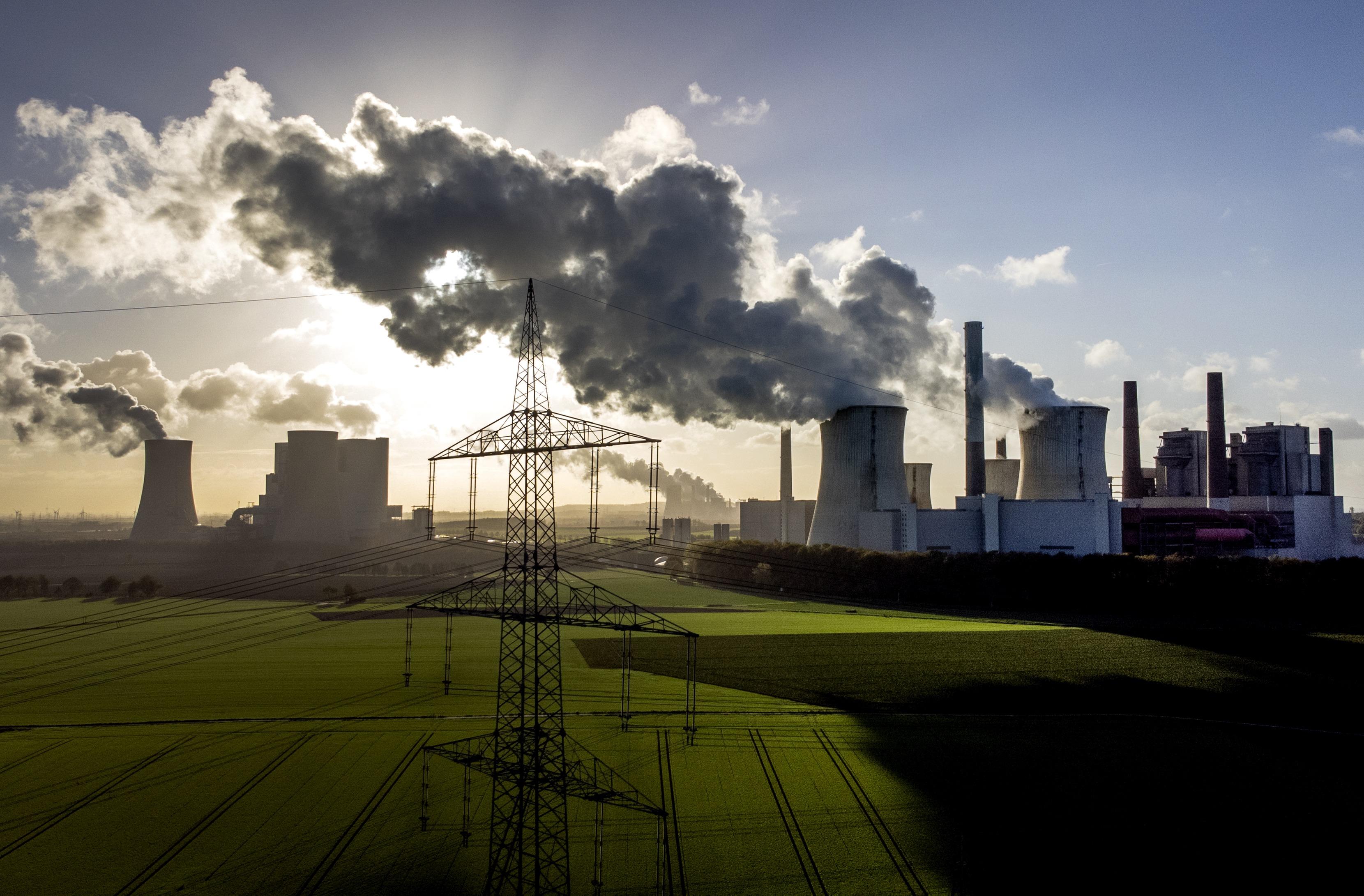 Steam rises from the coal-fired power plant Neurath near Grevenbroich, Germany, Nov 2, 2022. (PHOTO / AP)
Steam rises from the coal-fired power plant Neurath near Grevenbroich, Germany, Nov 2, 2022. (PHOTO / AP)
LONDON - Global energy-related emissions of carbon dioxide (CO2) hit a record high last year, driven partly by increased fossil fuel use in countries where droughts hampered hydropower production, the International Energy Agency (IEA) said on Friday.
Steep cuts in CO2 emissions, mainly from burning fossil fuels, will be needed in the coming years if targets to limit a global rise in temperatures and prevent runaway climate change are to be met, scientists have said.
A global expansion in clean technology such as wind, solar and electric vehicles helped to curb emissions growth, which was 1.3 percent in 2022
"Far from falling rapidly - as is required to meet the global climate goals set out in the Paris Agreement - CO2 emissions reached a new record high," the IEA said in a report.
ALSO READ: Clear path outlined for green transition
Global emissions from energy rose by 410 million tonnes, or 1.1 percent, in 2023 to 37.4 billion tonnes, the IEA analysis showed.
A global expansion in clean technology such as wind, solar and electric vehicles helped to curb emissions growth, which was 1.3 percent in 2022.
READ MORE: US SEC 'drops some emissions disclosure requirements'
Moves to replace lost hydropower generation due to extreme droughts accounted for around 40 percent of the emissions rise, or 170 million tonnes of CO2, it said.
"Without this effect, emissions from the global electricity sector would have fallen in 2023," the IEA said.
READ MORE: EU sets goal of 90% emissions cut by 2040
Energy-related emissions in the United States fell by 4.1 percent with the bulk of the reduction coming from the electricity sector, according to the report.
In the European Union emissions from energy fell by almost 9 percent last year driven by a surge in renewable power generation and a slump in both coal and gas power generation.
Globally electric vehicles accounted for one-in-five new car sales in 2023, reaching 14 million and up 35 percent on the level of 2022.



